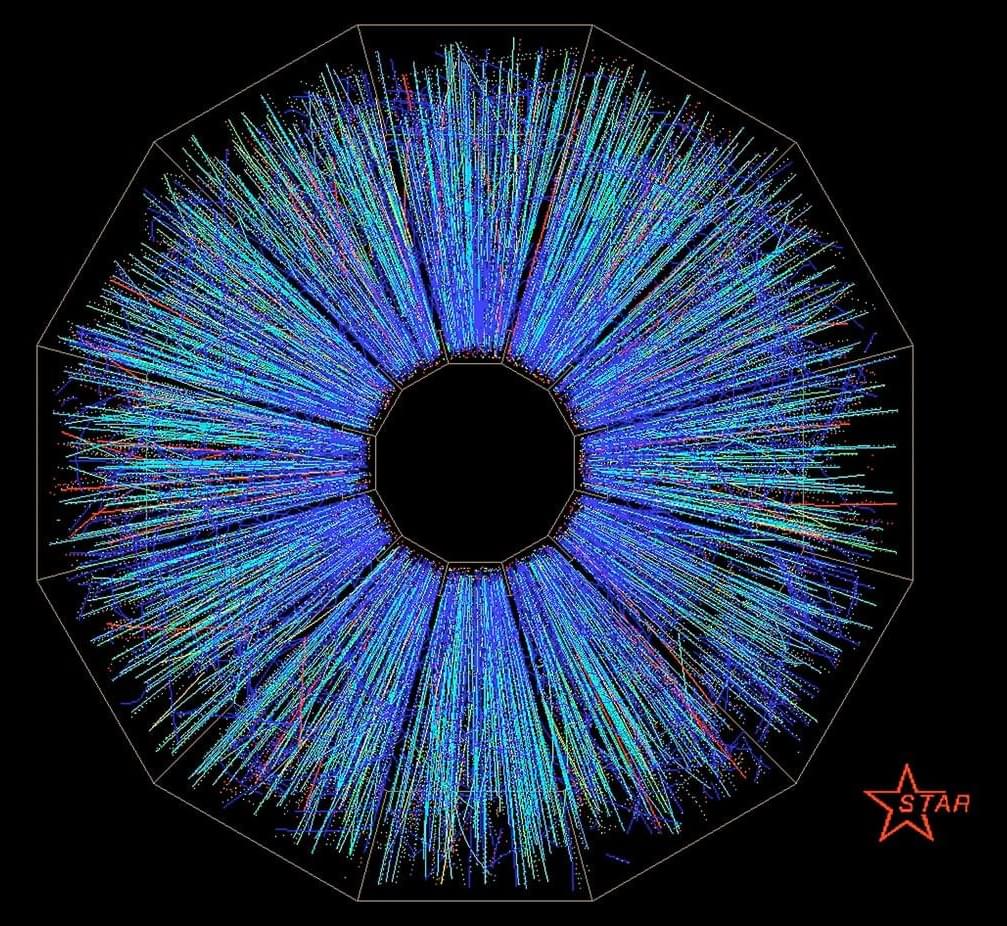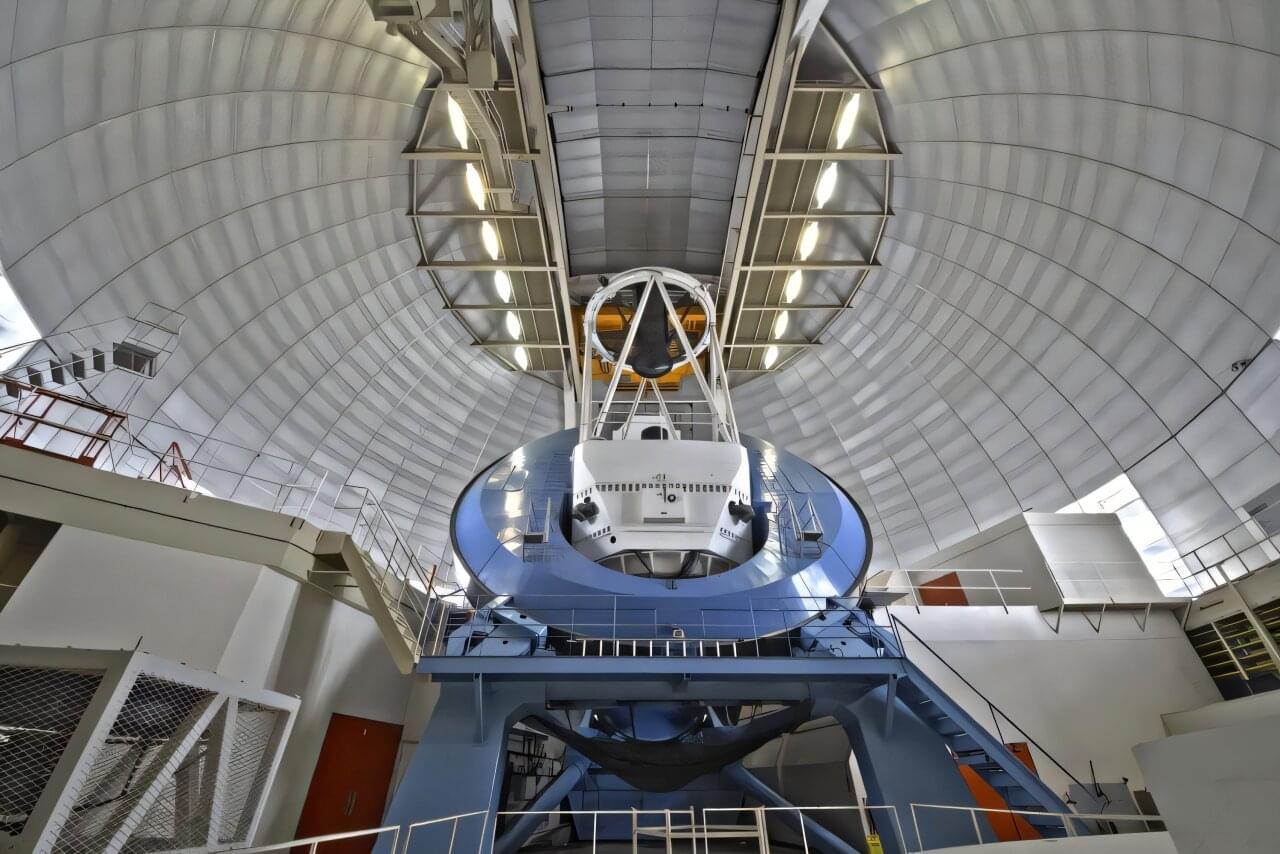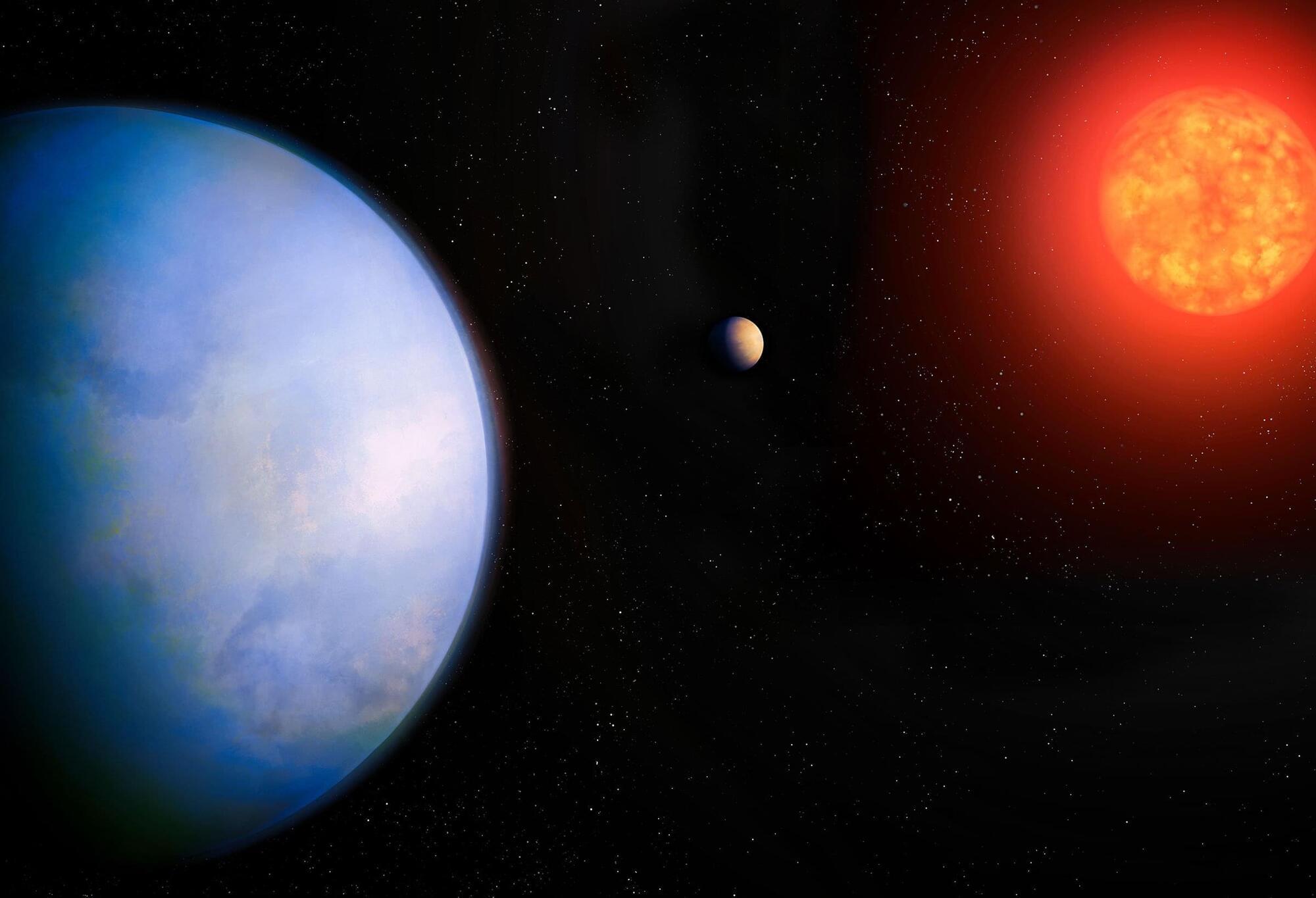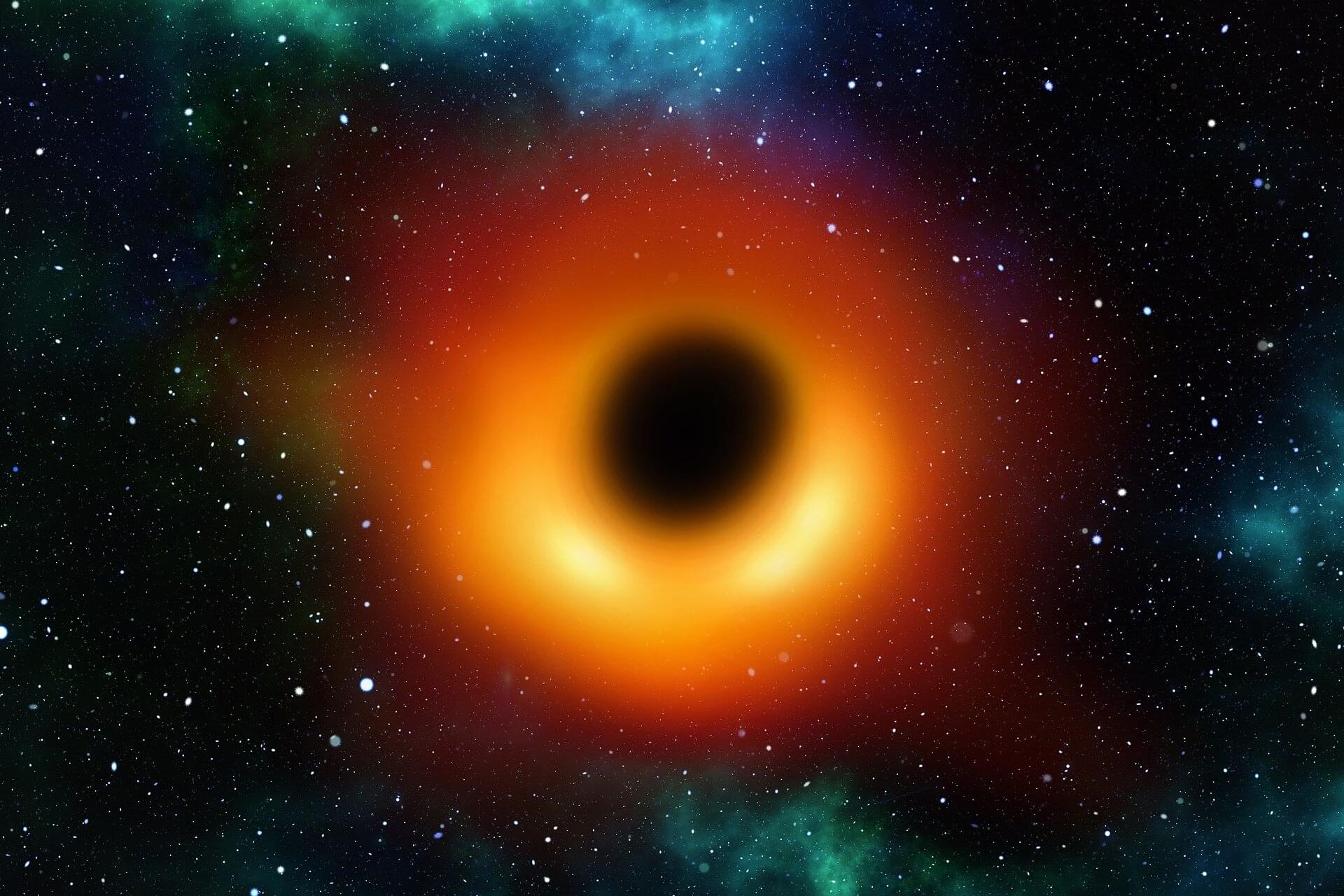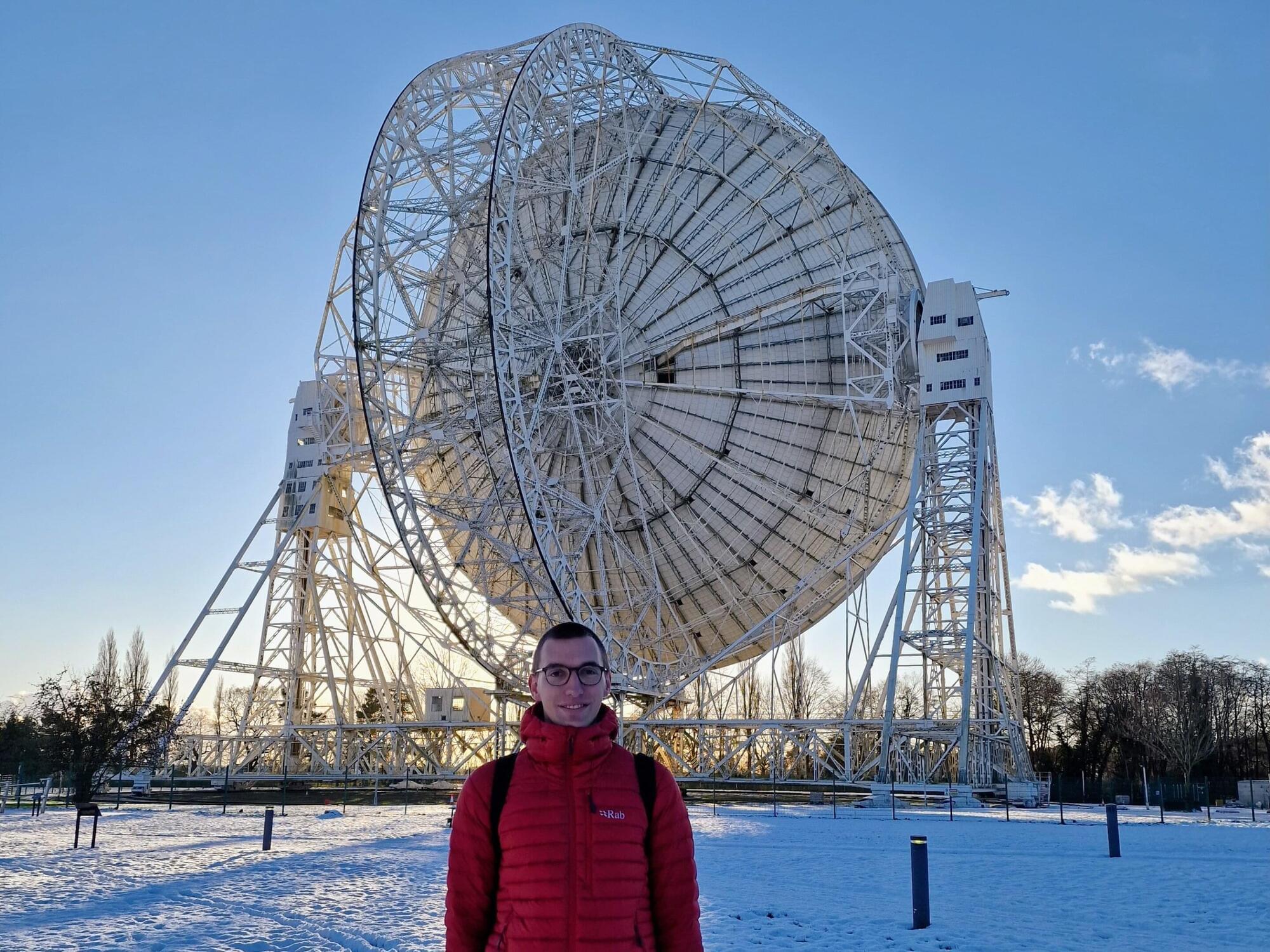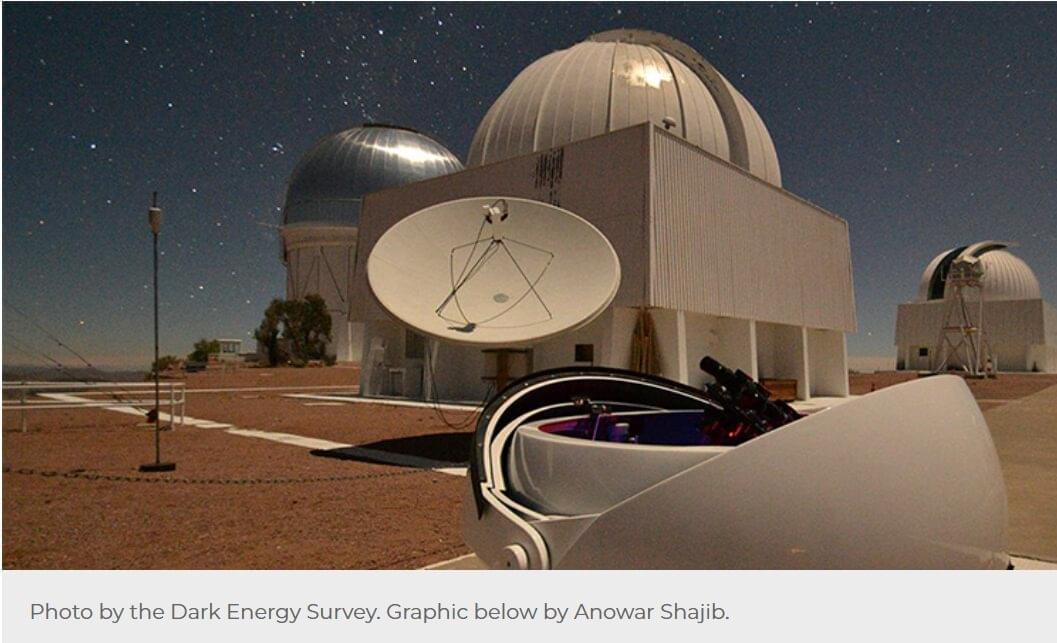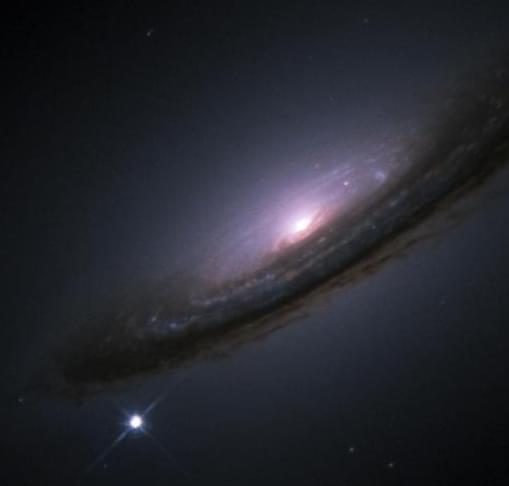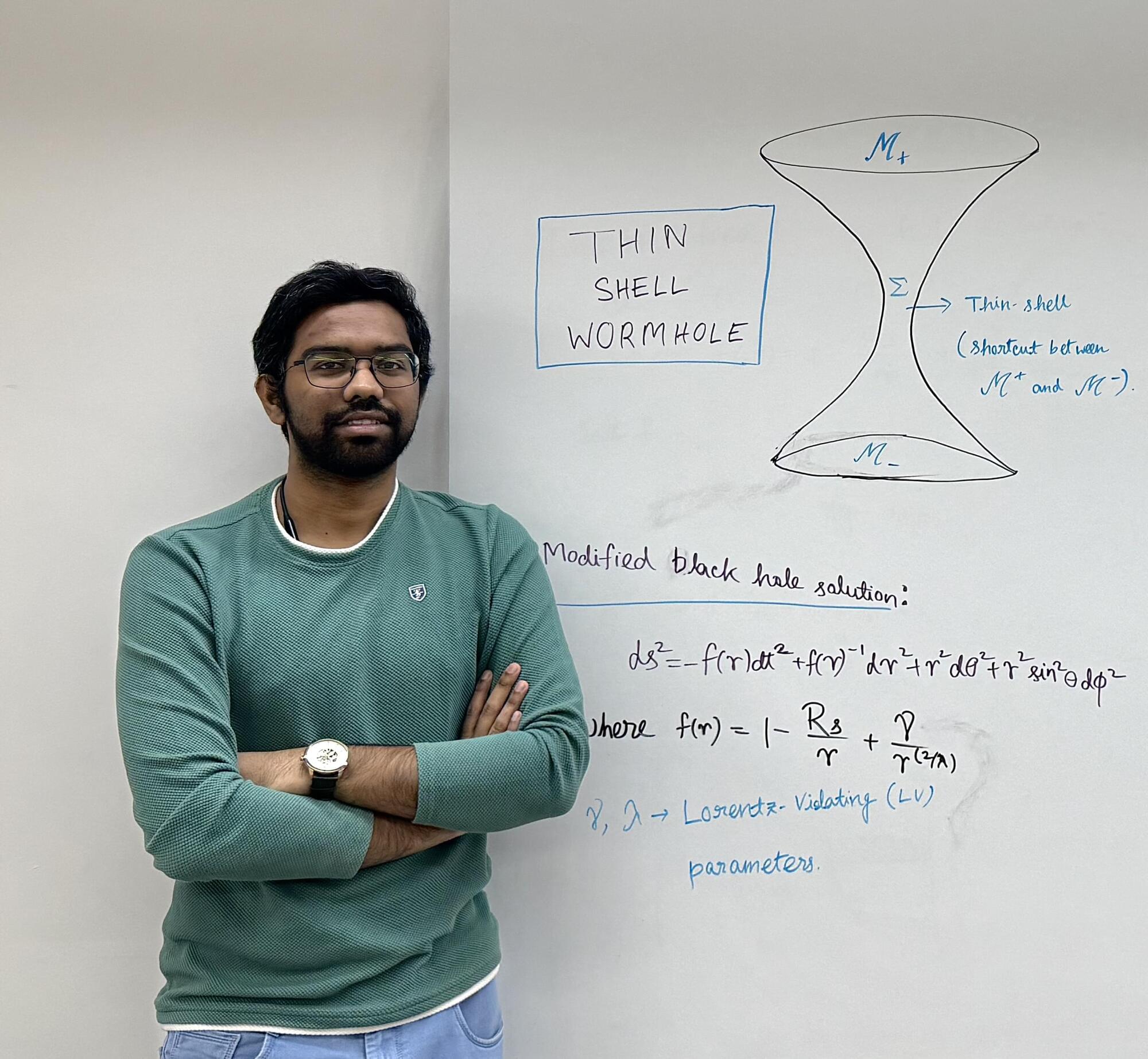Milestone results released by the Large High Altitude Air Shower Observatory (LHAASO) on November 16 have solved a decades-old mystery about the cosmic ray energy spectrum—which shows a sharp decrease in cosmic rays above 3 PeV, giving it an unusual knee-like shape.
The cause of the “knee” has remained unclear since its discovery nearly 70 years ago. Scientists have speculated that it is linked to the acceleration limit of the astrophysical sources of cosmic rays and reflects the transition of the cosmic ray energy spectrum from one power-law distribution to another.
Now, however, two recent studies—published in National Science Review and Science Bulletin, respectively—demonstrate that micro-quasars driven by black hole system accretion are powerful particle accelerators in the Milky Way and are the likely source of the “knee.” The studies also advance our understanding of the extreme physical processes of black hole systems.

